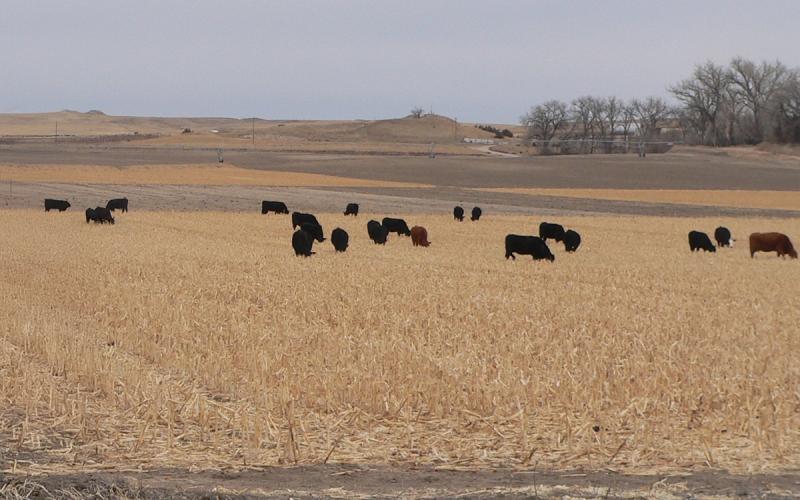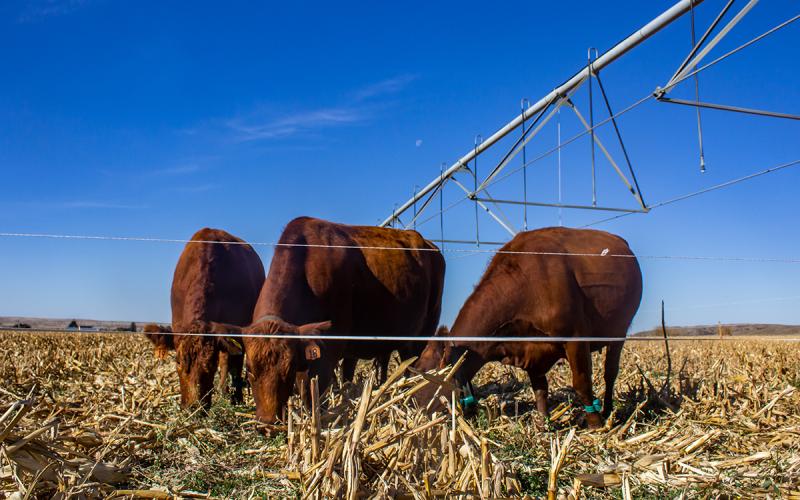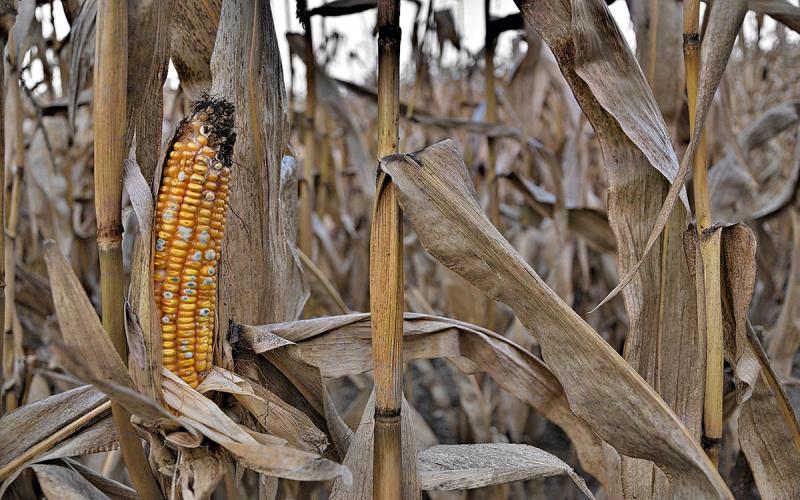
Originally written by John Keimig, former SDSU Extension 4-H Shooting Sports and Safety Field Specialist.
Fall is a busy time for agricultural producers as they harvest their crops. During this time, producers are potentially working longer hours in an attempt to get work done while the weather is good. They also have the added stress of the days getting shorter and the evening getting dark earlier. These things compounding can make it easy to want to take shortcuts, and sometimes this can lead producers to putting themselves in unsafe situations.
One major area of concern for safety during harvest is the storage of crops. A portion of grain storage in the Midwest happens via grain bins. These bins can be of various ages and sizes. Over the years, there have been many improvements made to grain bins. Those changes have ranged from added safety measures, to improvements that protect the integrity of the crops. Let’s examine some of the changes that producers could make to their current bins, which will help make them safer.
The first area to consider is ladders. In 2017, the Census for Occupational Fatal Injury (CFOI) reported falls as a cause of occupational death at a higher rate than any point in 26 years of data collection. Falls represented 17% of total worker deaths during 2017.
Exterior Grain Bin Ladders

Most grain bins have a ladder on the outside of the bin, and most have served their purpose well over the years. However, newer technology and designs feature more staircases being added to bins. While converting your current bin from a ladder to a staircase won’t be cheap, increased safety, stability and reducing the risk of falling from a grain bin ladder are a few reasons to consider this upgrade. If moving to a staircase is not an option, consider adding a cage to your current ladder. Cages help to prevent falls, as they give protection while climbing. If youth are present on the farm, consider raising the ladder to make it inaccessible to younger children. These ladders provide easy access to youth, which can lead to other issues when they climb the ladders unnecessarily. Additionally, a cage, adds handrails extending 3.5 feet above the end of the ladder to help with the transition to the roof ladder. To prevent falls while accessing the center roof openings of grain bins, consider installing guardrails along the roof ladder and around the center roof cover.
Interior Grain Bin Ladders
Do not rely on a rope, chain, or pipe ladder hanging from the roof. These are not reliable and may obstruct grain flow during filling or increase drag during unloading. Add an internal ladder on the wall inside the bin. When adding a ladder, consider painting it (the ladder itself) or the wall behind it a bright color. This will help make it easier to locate in dusty conditions.
When using ladders, always maintain 3 points of contact. Either two hands and one foot, or two feet and one hand. This increases your overall safety while on the ladder and greatly reduces the chances of a fall.
Safety Harnesses and Lifeline System

Producers should also consider adding a safety harness to their “toolbox” of safety items to use when working in their bins. A body harness is better than a waist belt or a loop of rope around the waist or under the arms, since the harness spreads the force of a fall over a larger part of the body. A waist belt or a loop of rope can inflict severe injuries when used to stop a fall. Consider purchasing fall prevention and protection equipment from a safety gear manufacturer or retailer who has experience with these devices.
When entering a bin, always use a harness with a lifeline system. Never work alone. Have a partner on the outside of the bin that is in contact with the person entering the bin.

In Summary
While these items all have some level of cost associated with them, using them may help to prevent you from becoming a farm safety statistic. For additional information, see the following references as and resources.
References
- Replacing Grain Bin Ladders with Stairs, Ohio State University Extension.
- No matter the ladder, keep safety in mind, Iowa Farmer Today.
- Grain Storage Safety, National Ag Safety Database.
- Safe Grain and Silage Handling, Center for Disease Control and Prevention.
- Grain Bin Entrapment: Don’t Let It Happen To You!, Oklahoma State Extension.
Additional Resources
- Grain Bin Safety, Illinois Extension
- Exploring the cause of injury or death in grain entrapment, engulfment and extrication, Purdue University.


